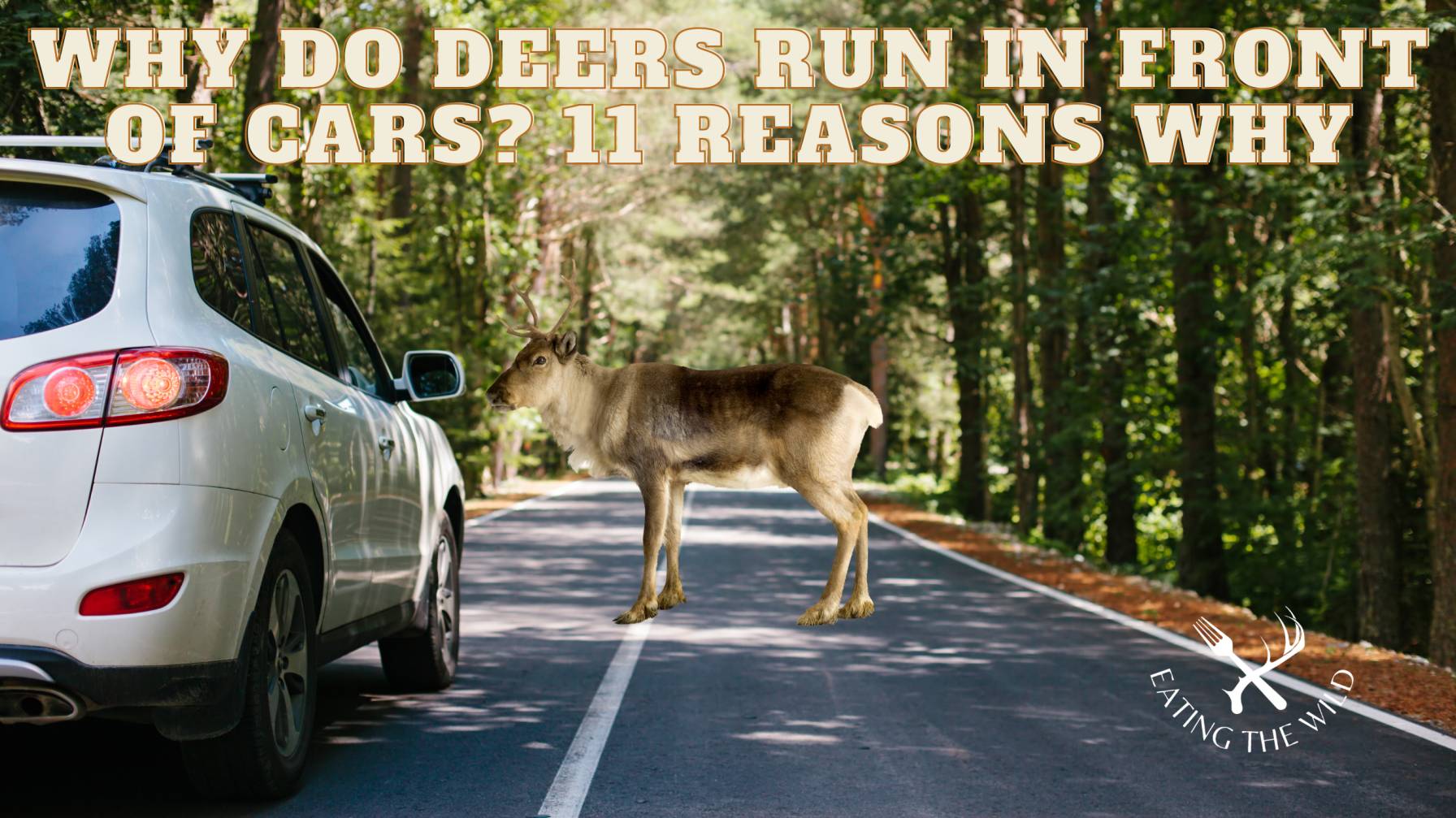
People living in woodlands always wonder – why do deers run in front of cars? Because they have experienced this phenomenon in multiple instances in their life.
Although it is a strange behavior, it is the one that has injured many drivers and deer. Moreover, it is not an unusual occurrence, as numerous studies on this subject explain such behavior.
Likewise, many sign boards are installed along the roadside where deer wander. It is important to drive carefully through such corridors as animals can cause severe damage to the vehicle.
Further, car and deer collisions have a pattern, the higher the number of deer, the higher the chances of them running in front of cars. With road structures increasing across rural areas and fawns not accustomed to their noise, collision chances are increasing.
We will answer why do deers run in front of cars in this article.
How Common Are Deer Collisions?
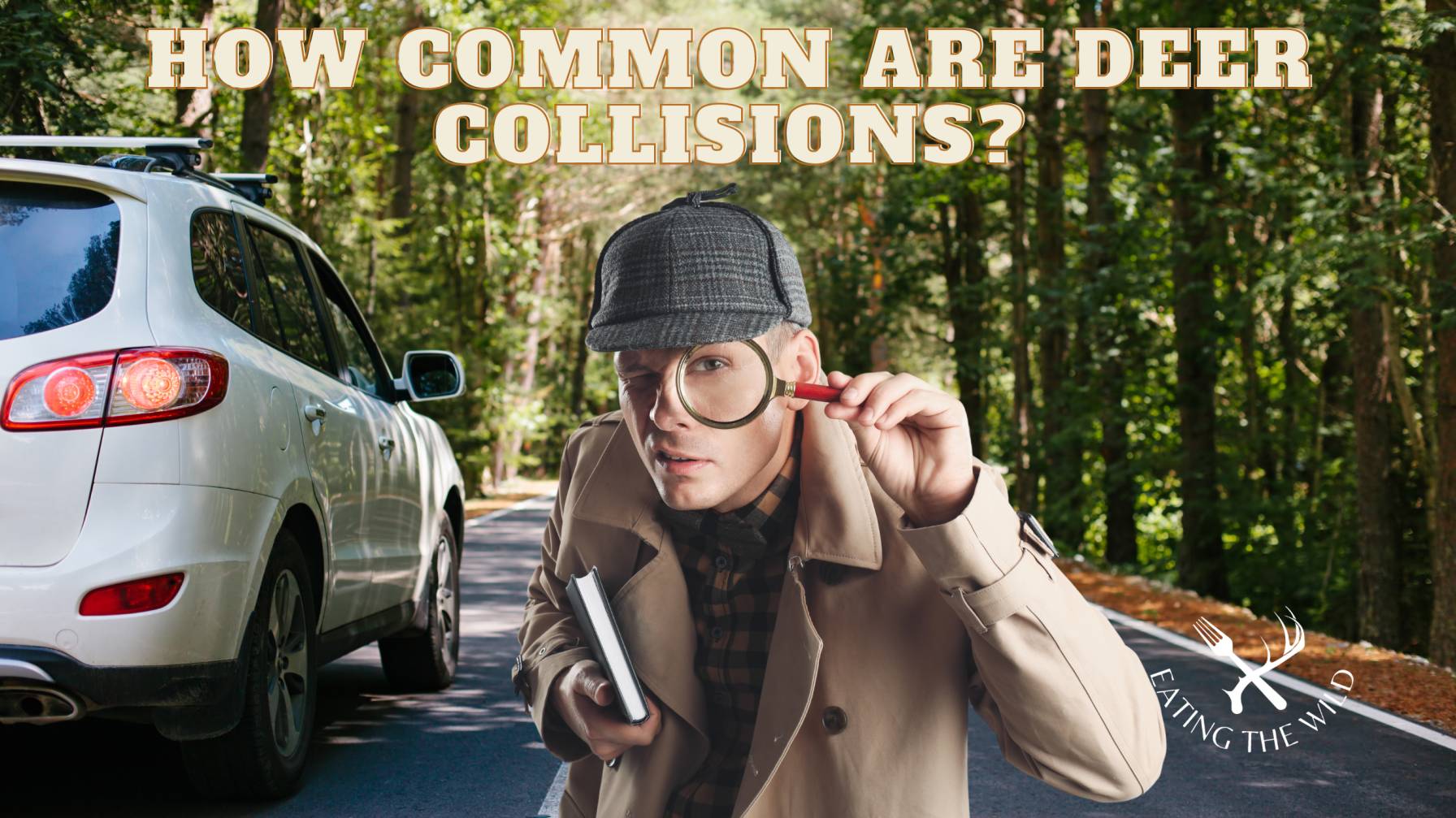
Naturally, collisions increase from October through December in the United States as deer season peaks. Many animals cross highways into suburban neighborhoods. Therefore, more collisions happen during this period than at any other time.
According to data from State Farm, 1.8 million animal collision insurance claims were made between July 2022 and June 2023. However, this went down from 1.9 million in the same period a year ago.
Likewise, Pennsylvania recorded the highest deer collisions. Contrarily, West Virginia has the highest probability of hitting a deer. The top animal in these collisions was deer.
Headlights Make Deer Freeze Up
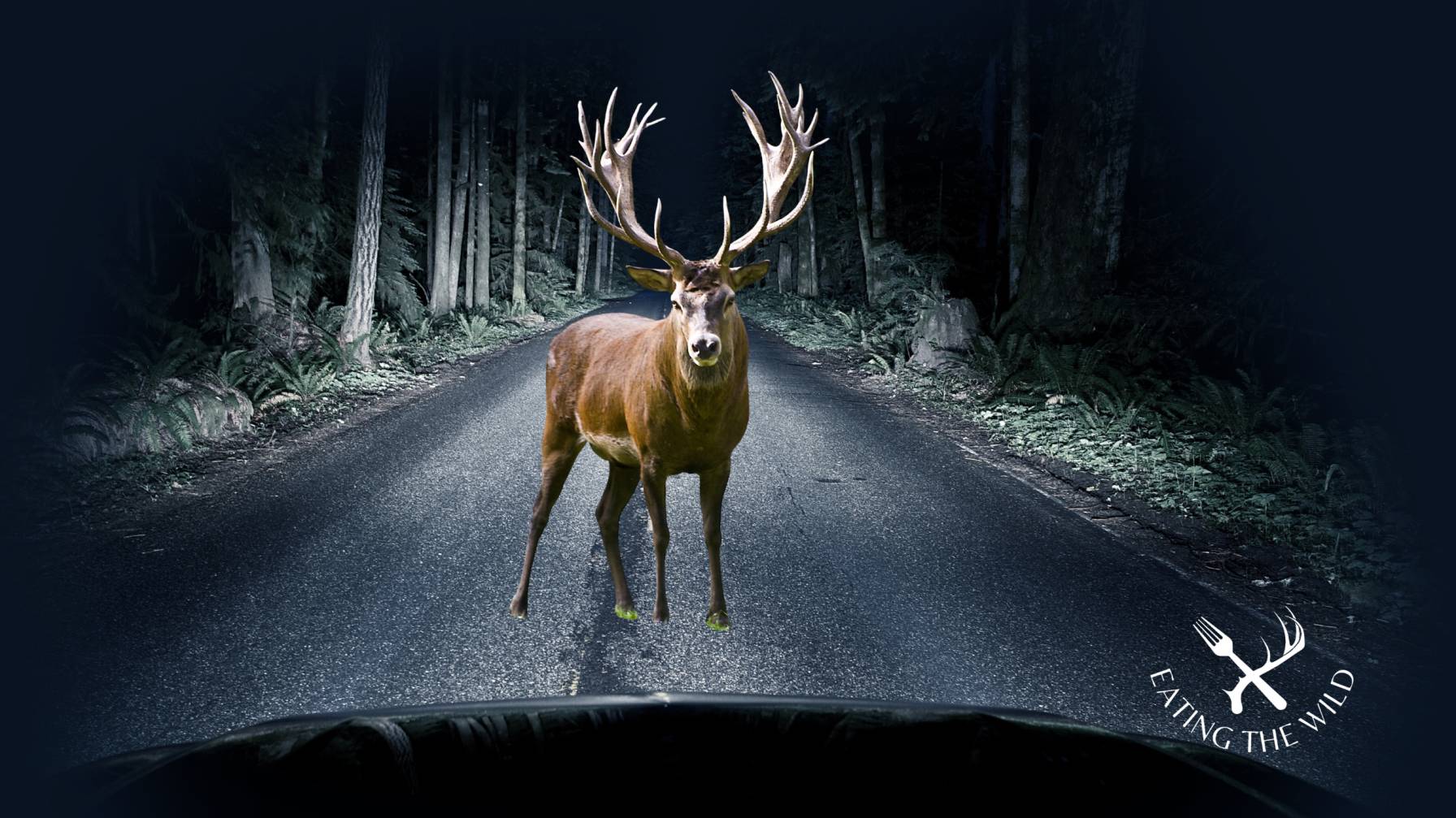
Deer in headlight freeze; this activity peaks an hour before and after the sunrise and sunset. Therefore, their vision is optimized for low light. Since the headlight beam strikes eyes that are dilated to capture the maximum possible light, it cannot see and thus freeze.
Moreover, this phenomenon also occurs late into the night when it is pitch dark on the road. As the bright beam strikes the eyes, the buck freezes up unless it adjusts its vision, which could take certain seconds.
Reasons Why do deers run in front of cars?
Since we know – why do deers run in front of cars, let us now explore the reason behind this habit. There are numerous reasons so let us discuss a few.
1. Habitat Fragmentation
Deer adapt to their surroundings and are naturally drawn to areas where they can find water, food, and cover from predators. Therefore, when a disturbance in natural habitat occurs due to human encroachment (i.e., roads), the elk population will decline.
Moreover, it becomes more vulnerable to predators, as they will have fewer hiding places. As a result, when deer are forced to search for food and shelter, they are bound to come across roads, and the chances of collisions increase.
2. New Roads
With the rising human population, the demand for new infrastructure compels governments to develop new roads. Since the majority of these new roads snake through the wilderness, where deer live the most.
These roads are a foreign concept for deer, meaning they have no idea what is happening. Therefore, the chances of them encountering cars are always high.
3. Fear
Deer are timid creatures; therefore, the sound of cars tearing up the asphalt will make them fearful. Animals, in general, and deer, in particular, will feel fear and run to avoid a collision.
Therefore, one of the reasons for deer to run in front of a car is their fear of this unknown terror.
4. Prey Animal Instinct
Humans are predators; therefore, for deer to run, it is a natural instinct to run for shelter after seeing a predator. Since they are ravens to predators, they would likely perceive a fast-moving car as a threat.
Therefore, they will likely collide with a vehicle when running directionless.
5. Essential Crossing
Why would a deer want to cross the road? A genuine question has several sound answers. One of the best explanations is that they must visit the other side for food or water since they know a place on the other side.
Moreover, to reduce the risk of predators catching a baby deer, female deer tend to spend time away from their fawns; thus, they will cross the road. Likewise, they would return twice a day to feed them milk.
Thus, this road crossing is not recreational, as it becomes a matter of life and death for deer.
6. Accustomed To Loud Horns And Traffic Noise
Although deer get used to loud horns and traffic noise once they spend ample time with such noises, however, heavy lights frighten them. Moreover, if they get accustomed to roads and develop a familiar route, they will stick to it.
Therefore, they will start roaming freely across the roads, increasing collision chances.
7. Adaptation To Road And Highways
Due to their remarkable adaptation, deer can learn to live with humans. Moreover, they adapt to roads and highways if they live for a specific time. Therefore, they either become frightened of a fast-speeding car or walk calmly along the road.
In both cases, however, the chances of a deer running in front of a car elevate.
8. Rutting Season
During rutting season, deer roam a lot in search of a mate. Meaning their physical movements increase significantly. Therefore, bucks crossroads more often during a rutting season than in other parts of the year.
9. Known As Mobile Animals
Since deer have more type II muscles, they can sprint quickly in short spurts. Therefore, making them swift as they can run up to 60-80 kph. Thus, they are highly mobile, for an animal this mobile; it is highly unlikely it will stop when contacting a vehicle.
10. Sense of Smell
Deers have a strong sense of smell; they are generally attracted to smell while searching for food or water. Since they can smell humans from ¼ mile away, they tend to rush towards roads.
Under such circumstances, when they smell something interesting, they follow it and try running towards it.
11. Peripheral Vision
Whitetail deer have a field vision of 310 degrees, thus they identify a moving car from far away. Their peripheral vision alerts them of a fast-approaching object in seconds, and they start running toward safety.
Times of Year That Deer Run Into Cars
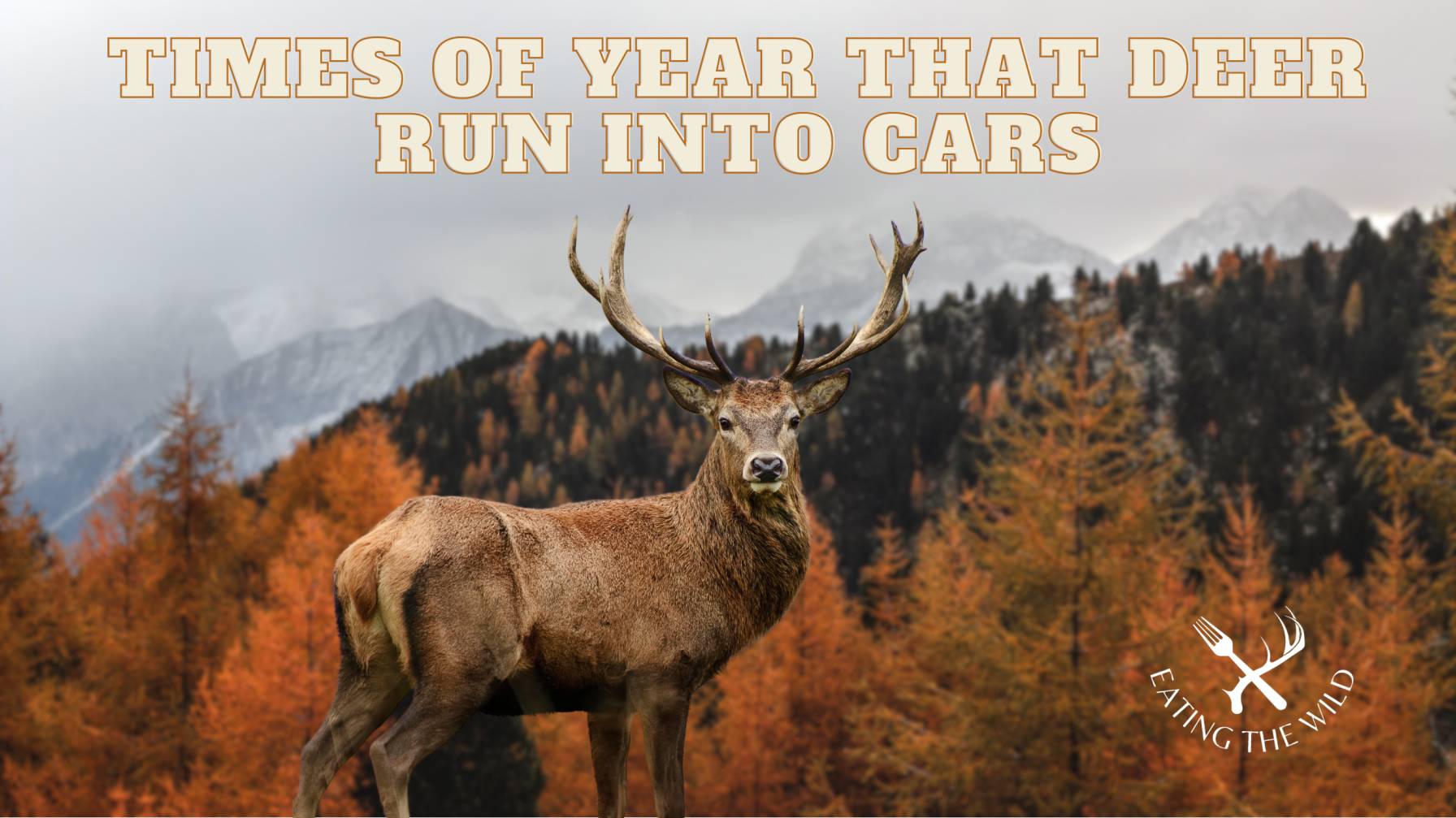
When the rutting season peaks between October and December, deer cover the maximum distance. They walk miles searching for a mate, and thus they travel far.
Resultantly, during this period, deer run the most into cars. Although drivers are taught to remain extra careful during this time, the highest number of collision cases are reported during this period.
Deer-vehicle Collisions Can be Fatal
A deer collision can likely result in human and deer life loss. Therefore, it is important to notice and follow traffic signals, which indicate the presence of animals around the route.
Moreover, deer can run fast, just like a car; therefore, any collision between the two can result in severe damage for the vehicle and their lives.
How to Avoid Deer Collisions
You can easily avoid deer collisions by following the below-mentioned suggestions.
Slow Down
The best advice to avoid a deer collision is to slow your roll. You must drop a minimum of ten miles below the speed limit.
Consider the Hour
Although deer can come in front of the car anytime, they are most active an hour before and after sunset. So, if you are on the road during this time, stay cautious.
Consider the Date
Bucks are the most active rutting season (October-December). Thus, the chances of hitting a deer are more likely to happen during fall and winter.
Stay Alert & Look Out For Warning Signs
Vigilance is mandatory even if driving during deer peak hours; double your efforts to stay alert if you see a warning sign on the road.
Exercise Caution After A Sighting
If you see a deer on or near the road, get yourself ready as they move in herds. The chances of coming across more wildlife are more likely.
Honk Your Horn
Deers have fantastic hearing; you can alert them by honking your horn. It will thaw a frozen deer to run away.
Improve Your Field Of Vision
Use fog lights during the foggy season; get high beams at night to improve your field of vision and reduce the chances of collision with deer.
What to do if a Deer Runs into Your Car
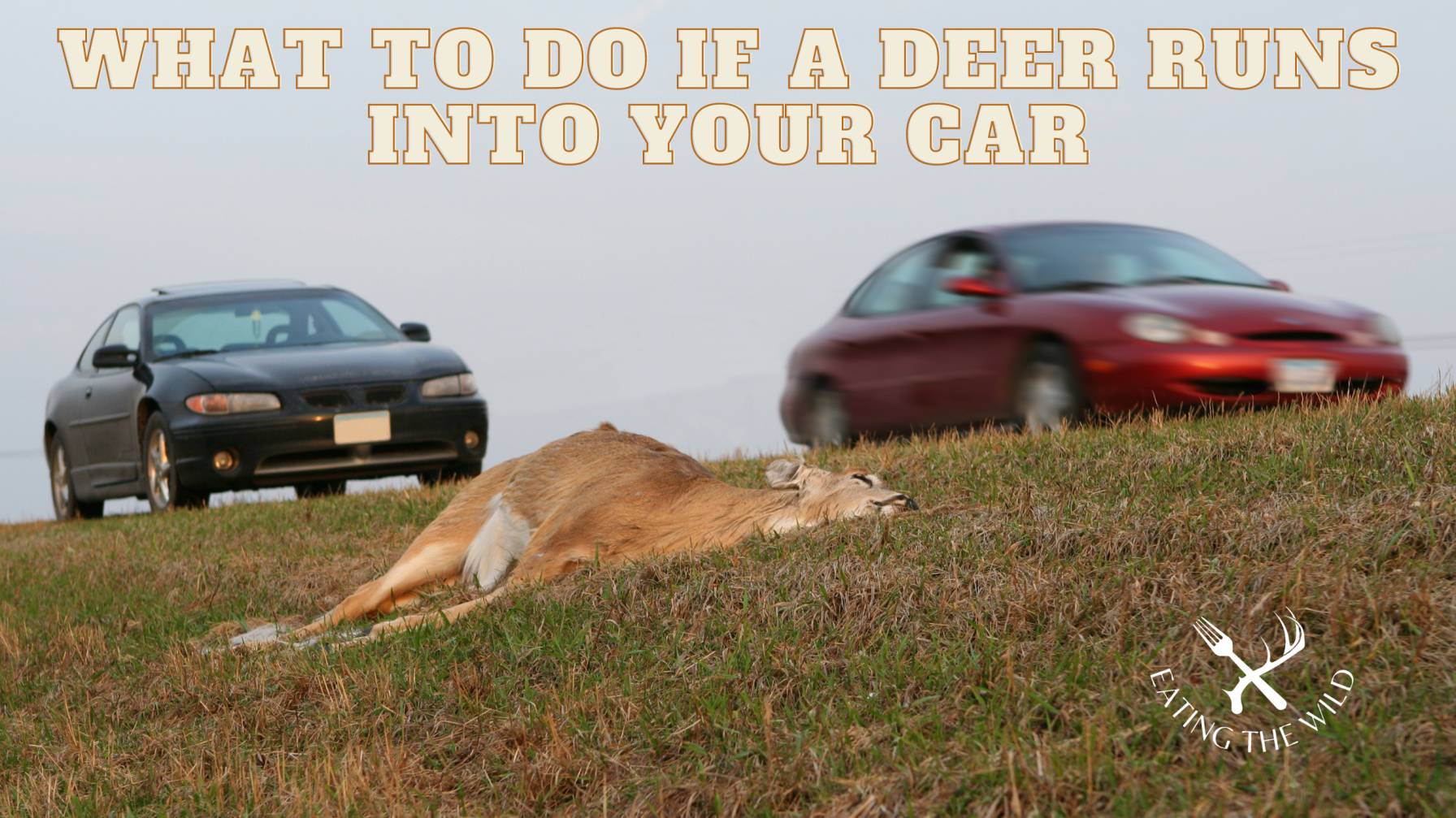
If you run into a deer, take the following necessary action.
● Keep yourself and anyone with you safe
● Park your car in the safest place
● Keep hazard lights on
● Call an ambulance if human injuries warrant it
● Call the police
● Do not approach the injured deer
● Do not move or handle deer
● Give your precise location to the police
How Insurance May Respond To You Hitting A Deer
Moreover, you can contact your insurance company for damages claims. Since animal hitting damages are covered by insurance companies. Therefore, you must call the company and provide them with details.
● Coverage: Hitting an animal is generally covered by auto insurance, so report the incident to make a claim.
● Documentation: Immediate reporting will help with documentation and the claim process. It will outline a clear incident record and ensure compliance with policy.
● Possible Hidden Damages: At times, certain damages are not visible to us, an insurance inspector can reveal those hidden damages and make it part of the claim.
● Legal Requirements: There are certain legal requirements to fulfill when reporting a deer collision, especially if it resulted in property damage, injury, or death. Therefore, certain complications could arise later if you fail to report.
Frequently Asked Questions
Why do deer run directly towards vehicles?
A deer usually runs toward a vehicle because they get frightened and confused. When it suddenly comes in front of a car, it would run towards the vehicle instead of going away.
Can a collision with a deer total your car?
A deer collision can cause total damage; if a car were speeding swiftly and hit a deer, the chances of higher damages increase.
